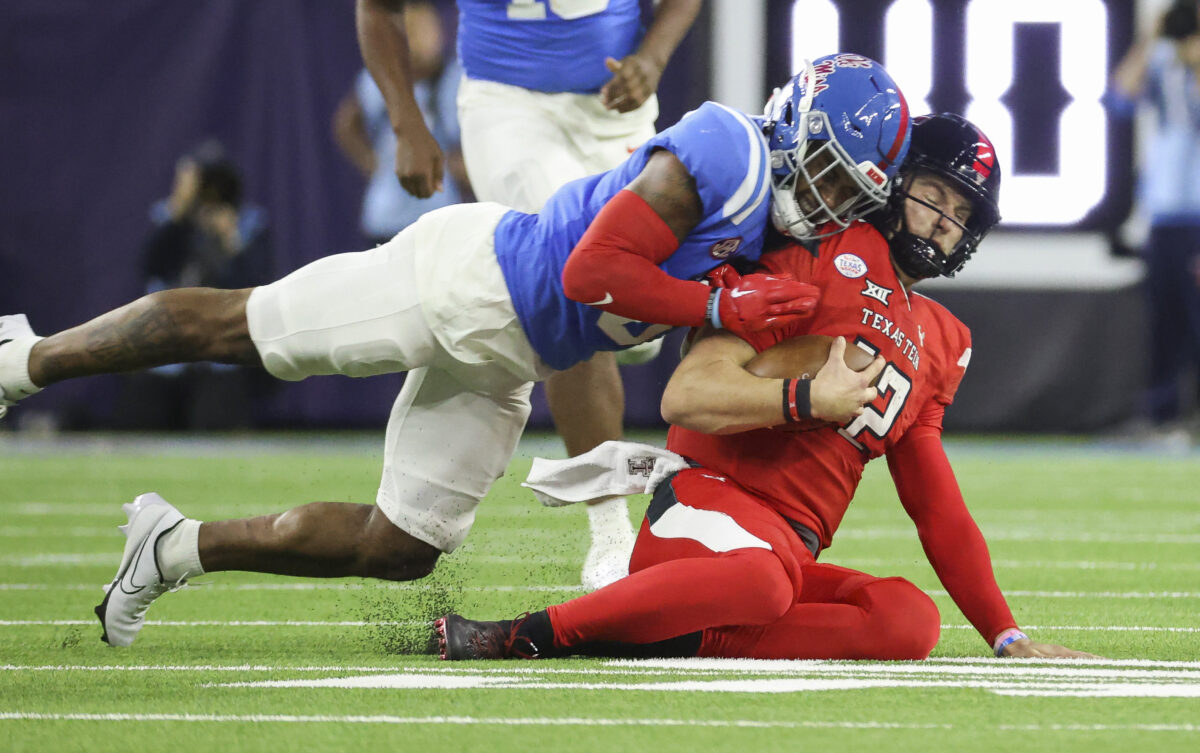One of college football’s most controversial rules is targeting. Some people dislike it entirely, some want adjustments made to the rule and some don’t quite understand what it is.
While targeting certainly plays a role for teams during the regular season, we’ve seen it have an impact on the College Football Playoff games as well. One of the biggest examples recently was when Clemson star linebacker James Skalski was ejected for targeting in two consecutive College Football Playoff appearances.
There are essentially two variations of targeting: one that focuses on the crown of a player’s helmet and one that focuses on a defenseless player. We’ll break down both.
And as the NCAA continues regularly updating its rulebook, keeping track of what is targeting and the details of that penalty can be challenging. That’s OK because we’re simplifying it and breaking it all down.
